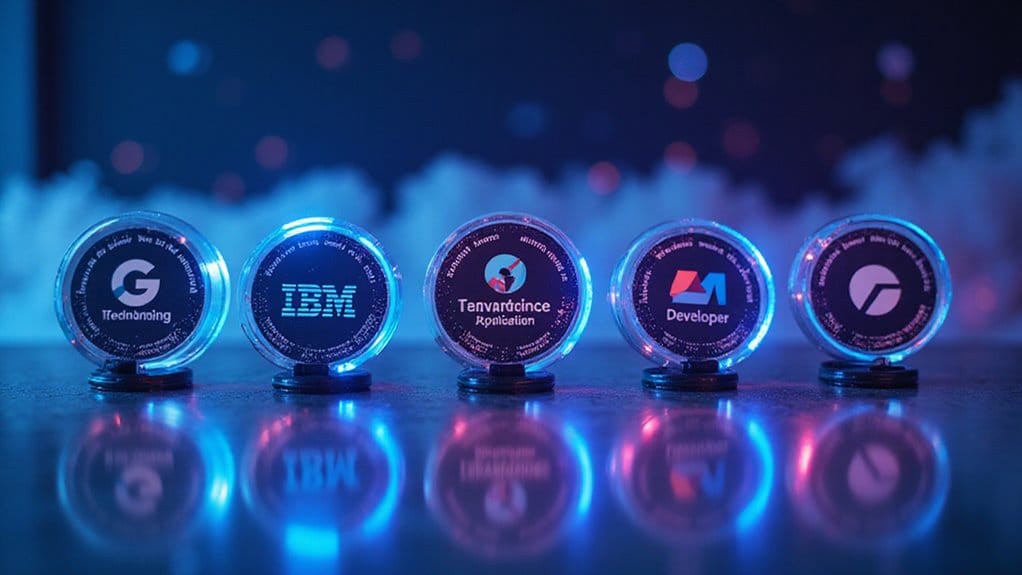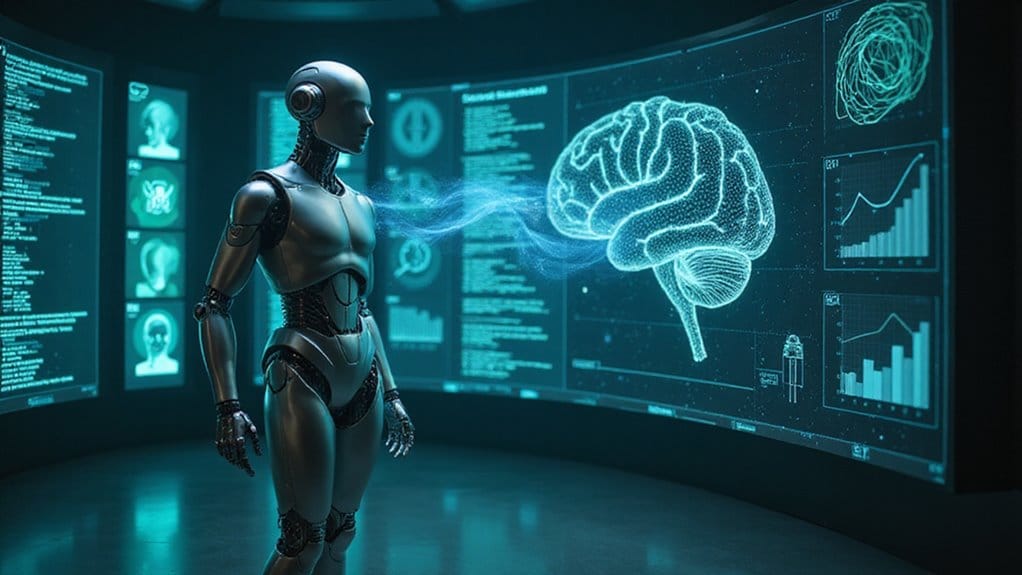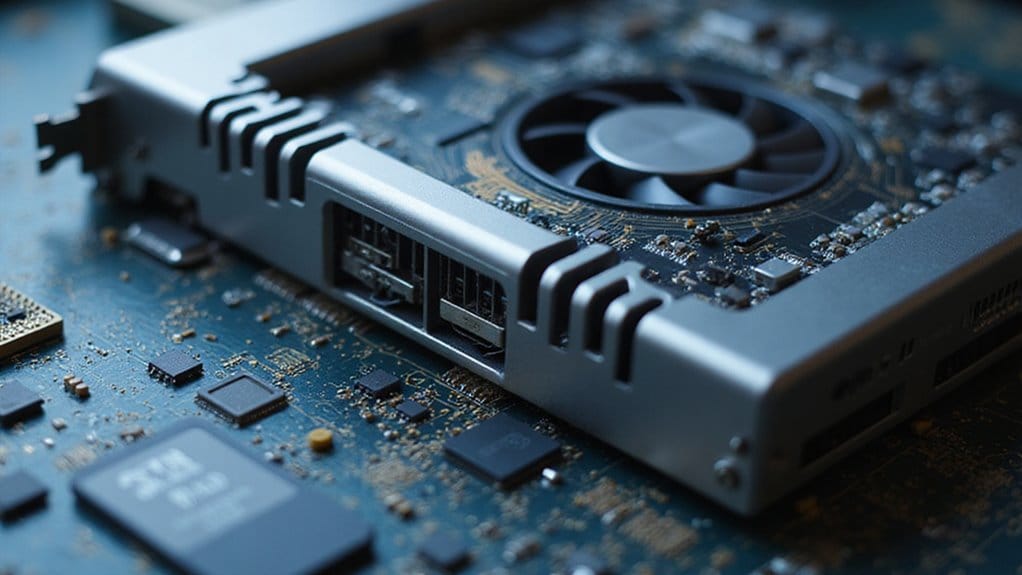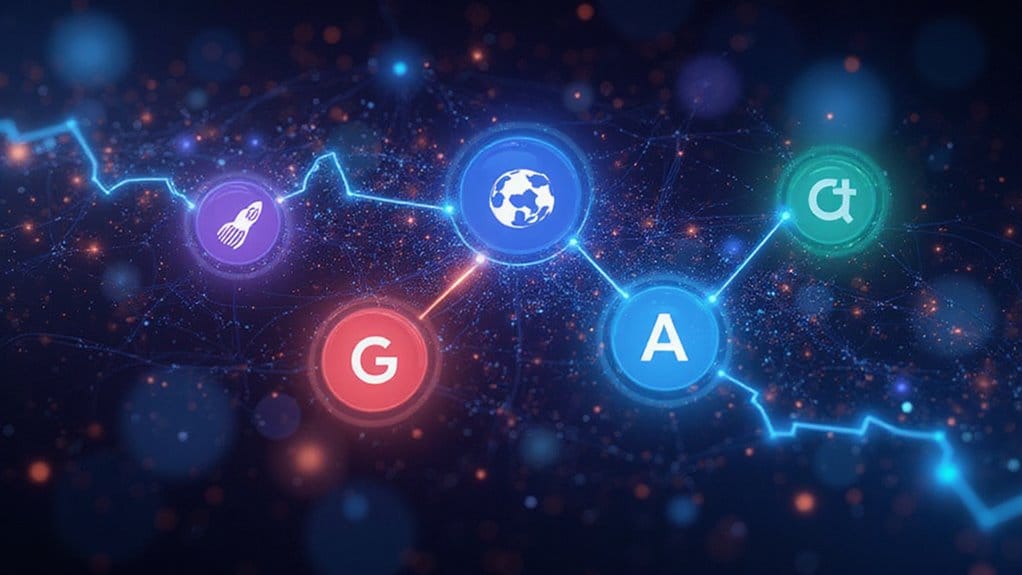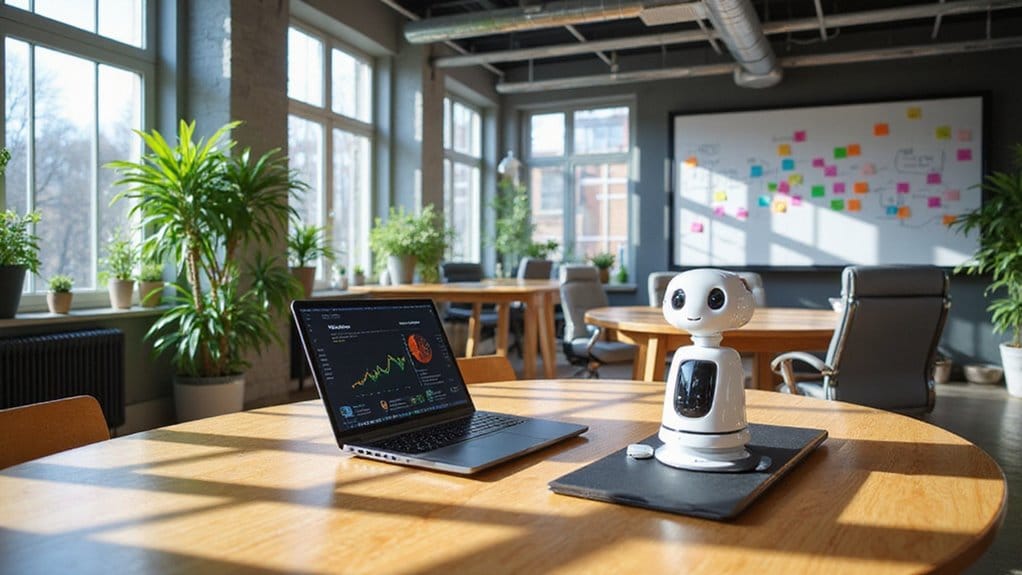Building your own custom AI chatbot is easier than you think! First, define your objectives—what do you want this AI to do, reason for existing? Next, identify your target audience and tailor the experience just for them. Choose the right channels—where do your users hang out? Select technologies that fit your needs, like NLP for understanding. Finally, build a knowledge base and design conversation flows. Sounds simple, right? Stick around to learn how to nail each step!
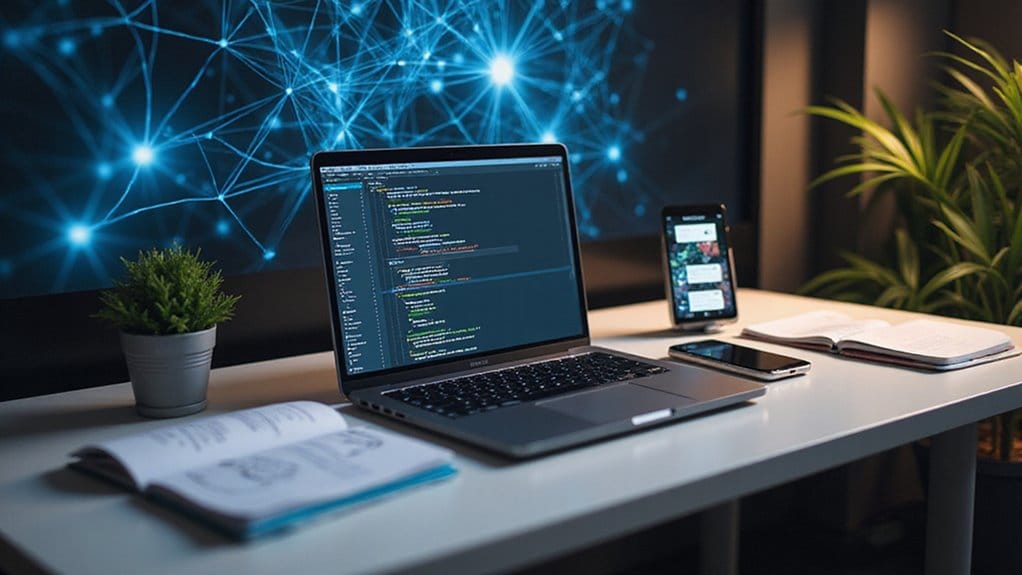
Building a custom AI chatbot might sound like a challenging task, but fear not—it’s easier than you think! First, you need to define your objectives. What’s the point of this chatbot? Are you aiming for customer service or sales assistance? Knowing this will help shape the entire project.
Next, identify your target audience. Who will be chatting with your bot? Understanding their needs and preferences is key to creating a great chatbot user experience.
Now, let’s talk integration channels. Do you want your chatbot on a website, in messaging apps, or as a mobile app? Make your choice wisely, because where it lives matters!
Following that, set your development goals. What functionalities do you need? What technologies will you use? Finally, don’t forget to assess your budget and resources. Chatbots aren’t just built on dreams; they require cash too!
Choosing the right technologies is your next step. You could go for a no-code platform like WotNot, or plunge into the deep end with AWS or Microsoft tools. Decide on your tech stack, perhaps Python with TensorFlow for some serious AI magic. Additionally, AI chatbots are useful for various purposes, including customer support and workflow automation, which can further guide your decision-making process. Understanding available tools and platforms for chatbot creation will help you streamline your development journey.
Also, think about the AI models you’ll use. Natural language processing (NLP) is a must for understanding users, or you can opt for large language models (LLMs) if you’re feeling fancy. Advanced AI agent frameworks can also provide you with the sophisticated tools needed for creating effective chatbots.
Once your tech is sorted, it’s time to build that knowledge base. Gather relevant data from websites and other sources to guarantee your chatbot can handle various scenarios. Keep it updated to avoid misinformation—no one likes a clueless bot.
And remember, privacy matters! Stick to regulations like GDPR to keep everyone safe.
Finally, design the chatbot flow. Create conversation paths that guide users smoothly. Implement decision trees and don’t forget to handle fallback responses for when the bot encounters the unexpected.
Test it rigorously, gather feedback, and monitor performance. Your chatbot journey is just beginning, but with these steps, you’re well on your way!
Frequently Asked Questions
What Programming Languages Are Best for Building a Custom AI Chatbot?
When choosing programming languages for custom AI chatbots, Python stands out for its simplicity and vast libraries—seriously, who doesn’t love easy prototyping?
JavaScript offers incredible flexibility, making it adaptable for various tasks.
Combine these with performance-focused languages like C++ for heavy lifting, and you’re on the right track.
Don’t forget, selecting the right language is essential: it can make or break your chatbot’s effectiveness.
Choose wisely, or face the consequences!
How Much Does It Cost to Develop a Custom AI Chatbot?
When considering development costs for a custom AI chatbot, brace yourself—it’s not pocket change!
Expect to spend anywhere from $35,000 to a whopping $250,000+. Budget considerations are essential; the more complex the features, the higher the price tag.
Want a chatbot that integrates with your CRM? That’ll cost extra! So, assess your needs carefully.
Can I Integrate My Chatbot With Existing Platforms?
Yes, integrating a chatbot with existing platforms is not just possible; it’s often necessary for success.
However, beware of integration challenges like platform compatibility. You don’t want a chatbot that works only on Tuesdays!
Make certain you choose an integration platform that supports your needs—think Google Dialogflow or IBM Watson.
Test, optimize, and remember: a poorly integrated chatbot can frustrate users instead of helping them.
What Are Common Use Cases for Custom AI Chatbots?
Custom AI chatbots serve a variety of use cases. Think customer support, where they answer questions 24/7—yes, even at 2 AM!
They excel in lead generation, capturing potential clients like a pro. Need a personal assistant? They’ve got your back!
E-commerce integration streamlines shopping, while mental health chatbots provide support without judgment.
Educational tools? Absolutely! They enhance learning experiences.
How Do I Ensure My Chatbot Understands User Intent Accurately?
To guarantee your chatbot understands user intent accurately, start with high-quality training data. Yes, that means more than just a few random phrases!
Clearly define intent categories like questions, requests, or complaints. Utilize pre-trained models for efficiency—because who has time to reinvent the wheel?
Regularly test and evaluate performance, incorporating user feedback. Remember, a confused chatbot leads to frustrated users. Don’t let it happen! Keep refining for better results.


